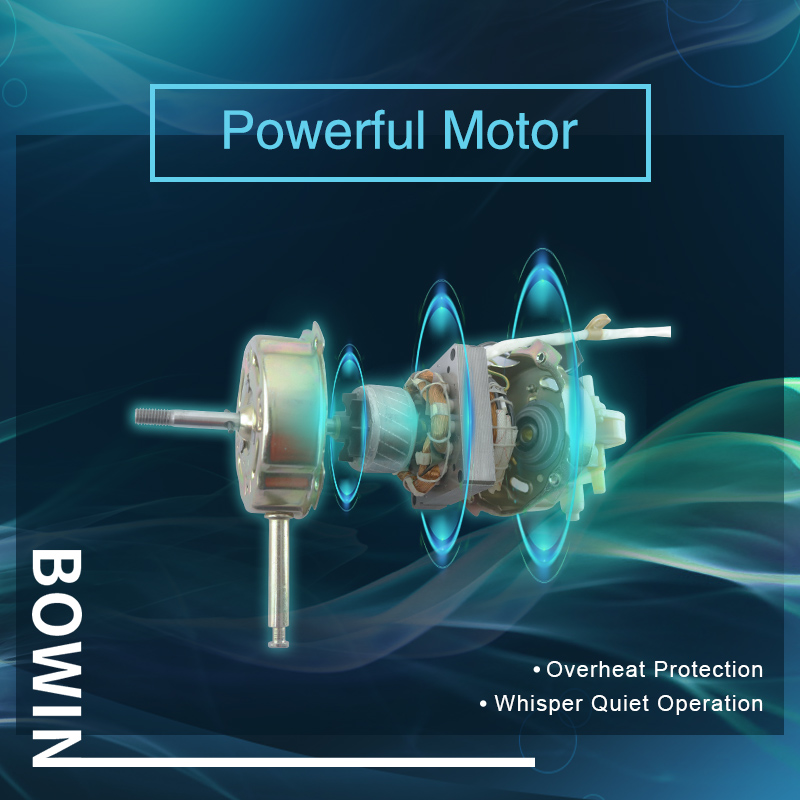How Many Watts Does a Ceiling Fan Use?
A ceiling fan is an associate energy-efficient and popular home appliance, which is hooked up to the ceiling and uses an electrical motor to rotate blades or paddles in a circular motion. But, few people barely know what the wattage of the indoor ceiling fans uses. This post covers how much power ceiling fans can use.

Why Do Watts Matter for the Ceiling Fan
All the indoor outdoor ceiling fan is rated by watts that indicates what proportion electricity the ceiling fan desires.
How Many Watts Does A Ceiling Fan Use In Various Size?
There are different sizes and styles of ceiling fans on the market. 24 inch ceiling fan, 48 inch ceiling fan, and 56 inch ceiling fan are three of the most commonly used in most families. In the following chart, I will illustrate the different watts between the different sizes of the ceiling fan.
| Ceiling Fan Size | Average on High | Average on Low | Average on Standby | Average Efficiency(CFM/W) |
| Small-Size (36” or less ) | 47W | 4.6W | 0.8W | 54 |
| Medium-Size (42” to 48”) | 17.9W | 3.5W | 1.0W | 251 |
| Large-Size (50” to 54) | 23.4W | 3.6W | 0.9W | 268 |
| The Largest Size (56”to84”) | 34.6W | 3.6W | 1.1W | 301 |
According to the chart, we could learn that the small ceiling fans (36’’ or less) have poor performance than the larger size of ceiling fans. They consume 47 watts on high, 4.6 watts on low, and 0.8 watts while on standby. Their average CFM per watt is 54. This result may be caused by the low market demand for the small-size ceiling fan and the lack of product development for the small-size ceiling fan.
As for the medium-size 3 blade ceiling fan, it has the lowest consumed watts among those four sizes. The average CFM to watt ratio for medium ceiling fans is also relatively lower than the large-size and the largest size of the ceiling fan. And the large decorative indoor ceiling fans consume 23.4 watts on high, 3.6 watts on low, and 0.9 watts while on standby. The average CFM to watts in large ceiling fans is 268.
In summary, this chart also indicates the watts consumed and CFM/W of the indoor ceiling fans increase, as the ceiling fan size increases.
How to Compare Electricity Usage Between Fans
Generally, all-electric ceiling fans in the United States for residential use are required to tag an EnergyGuide label. But, with the development of online shopping, most people prefer to buy the fan ceiling modern online. And, many online stores usually don’t put these labels on the product page. Therefore, when you compare the electricity usage between fans, you had better see the energy guide or consult the service staff.
How to Calculate the Wattage for Your Ceiling Fan
A simple formula is introduced to help you figure out exactly what your antique decorative ceiling fan ( or other home appliance) costs to run in a year. This formula needs you to figure out the fans’ watts and the actual cost of electricity in kilowatt-hours:
Step 1: Fan’s max watts x the hours per day you run a fan
Step 2: Convert the result of the step to kilowatt-hours. Then divide the number by 1000.
Step 3: Then, you could use the above number to multiply by 30 to know how much energy the fan uses each month.
Step 4: In this final step, you could multiply this by the cost of electricity. Then, you could clearly know what the monthly cost of the ceiling fan is.
Do Indoor Outdoor Ceiling Fan Consume A Lot of Electricity?
As a matter of fact, ceiling fans don’t consume a lot of electricity. And, compared with other home appliances, they are not regarded as energy guzzlers. As the chart indicates, the ceiling fans offer low-power cooling, with an average wattage of 31.1W (max). Combined with the high CFM per watt, ceiling fans are considered one of the most efficient devices for cooling.
Are Ceiling Fans Expensive to Run
No, the ceiling fans are inexpensive to run. In the US, to run a large (50’’ to 54’’) ceiling fan, you just spend 0.004 cents per hour on average. You may have to run the large warehouse ceiling fans for 250 hours before it costs $1. However, when comes to other electronic devices, you have to pay over $1 for running a typical 3,500W AC unit for just 2 hours. (The prices is mentioned just for reference, is not the actual current price.)
In summary, compared with other devices, such as the AC unit, ceiling fans are a cost-saving appliance.
Conclusion
All in all, the various size of the cool ceiling fans offer various wattage and spend different electricity. And, regardless of the size of the indoor ceiling fans, they all are regarded as energy-saving home appliances.




